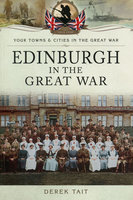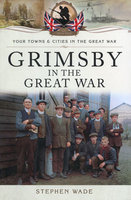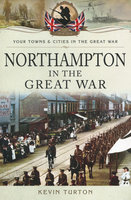New, Quality Gift Books - 50-90% off - over 2500 titles
Your basket is empty.
Categories Lucky Dip Clearance LANCASTER IN THE GREAT WAR
LANCASTER IN THE GREAT WAR
Book number: 93233
Product format: Paperback
In stock
Bibliophile price
£2.75
Published price
£9.99
We also recommend
|
EDINBURGH IN THE GREAT WAR
Book number: 93221
Product format: Paperback
Bibliophile price
£3.00
Published price
£12.99
|
GRIMSBY IN THE GREAT WAR
Book number: 93225
Product format: Paperback
Bibliophile price
£3.00
Published price
£9.99
|
NORTHAMPTON IN THE GREAT WAR
Book number: 93243
Product format: Paperback
Bibliophile price
£3.50
Published price
£12.99
|
Customers who bought this product also bought
|
NORTHAMPTON IN THE GREAT WAR
Book number: 93243
Product format: Paperback
Bibliophile price
£3.50
Published price
£12.99
|
CONVIVENCIA: Jews, Muslims, and Christians in Medieval Spain
Book number: 95335
Product format: Paperback
Bibliophile price
£8.50
Published price
$39.95
|
BLOOD BROTHERS
Book number: 95355
Product format: Hardback
Bibliophile price
£6.00
Published price
$27
|
Browse these categories as well: Lucky Dip Clearance, War & Militaria, Great Britain, Maps & the Environment, War Memoirs






